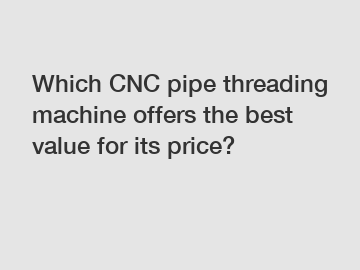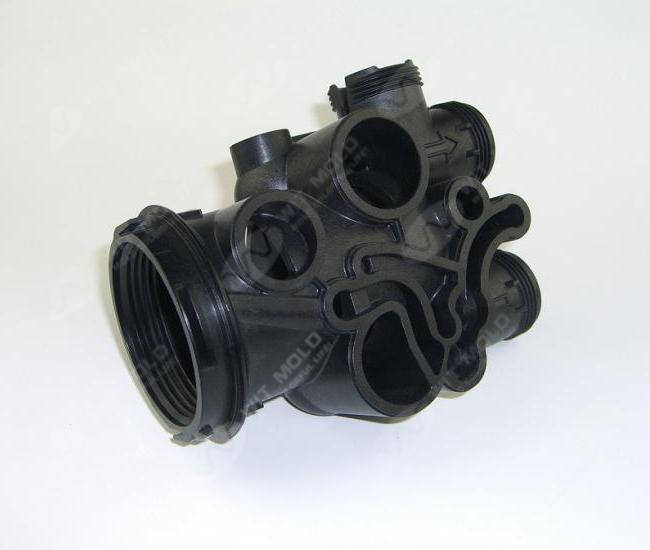How is investment casting done?
Investment casting, also known as lost-wax casting, is a process used to create intricate metal parts through the casting of wax patterns. This method has been utilized for centuries to produce high-quality, detailed components with excellent surface finish and dimensional accuracy. Investment casting is commonly used in the aerospace, automotive, and medical industries, among others, due to its ability to create complex parts that cannot be produced through traditional manufacturing methods. In this article, we will explore how investment casting is done and the key steps involved in the process.
**Wax Pattern Creation**.
The investment casting process begins with the creation of a wax pattern that matches the desired final metal part. The wax pattern is typically made using a metal mold that is filled with molten wax. Once the wax cools and hardens, it is removed from the mold, resulting in a precise replica of the desired part. Multiple wax patterns can be produced simultaneously to increase efficiency and reduce costs.

**Assembly of Wax Patterns**.
After the wax patterns have been created, they are assembled onto a sprue to create a complete wax tree. The sprue is a system of channels that will allow molten metal to flow into the hollow cavity created by the wax patterns. The wax tree is then coated with a ceramic shell to form a mold that can withstand the high temperatures required for the casting process.
**Burnout Process**.
Once the ceramic shell has dried, the wax patterns inside are melted and burned out in a high-temperature furnace, leaving behind a hollow cavity in the mold. This step is crucial in ensuring that no residue is left behind that could affect the final metal casting. The shell is then preheated to eliminate any moisture before the metal is poured.
Explore more:The Marine Cast: Unveiling the Ocean's Stars!
How to make a 2-axis CNC machine?
What is the cost of spherical roller bearing?
What does DIN mean for valves?
Which Camlock Accessory Can Revolutionize Your Business?
Revolutionizing Welding Techniques: Who Will Master the Art of the Butt Weld Cap?
Revolutionize Gypsum Discharge with Powerful Pump - Solve Clogging Woes Instantly!
**Metal Casting**.
The next step in the investment casting process is the pouring of molten metal into the ceramic shell. The metal is melted in a furnace and poured into the mold through the sprue. The molten metal fills the cavity left by the wax patterns and takes on the desired shape as it cools and solidifies. Once the metal has cooled, the ceramic shell is removed, revealing the final metal casting.
**Finishing**.
After the metal casting has been removed from the ceramic shell, it may require additional finishing processes to achieve the desired surface finish and dimensional accuracy. These processes can include machining, grinding, polishing, and heat treatment to ensure that the part meets all specifications. Once the finishing processes are complete, the metal casting is ready for use in its intended application.
Investment casting is a versatile process that offers numerous advantages over other manufacturing methods, including the ability to produce complex shapes with tight tolerances and excellent surface finish. The process is well-suited for both small and large production runs, making it an ideal choice for a wide range of industries.
In conclusion, investment casting is a valuable manufacturing process that allows for the creation of intricate metal parts with remarkable precision and detail. By following the key steps of wax pattern creation, assembly, burnout, metal casting, and finishing, manufacturers can produce high-quality components that meet the requirements of even the most demanding applications.
If you have any questions about investment casting or would like to learn more about how it can benefit your production needs, please contact us.
Contact us to discuss your requirements of Investment casting for sporting equipment components, wire rope fittings investment casting, wire rope fittings precision investment casting. Our experienced sales team can help you identify the options that best suit your needs.
Explore more:Which types of spherical roller bearings are the best for the purchase stage?
Unlocking the Secrets of Wellhead Components: Exploring Key Features & Factors
Where is PVC trim used?
What is the surface finish of investment casting?
How do I choose a deep groove ball bearing?
Revolutionize Metalwork with Advanced Cladding Rolling Machine: Boost Efficiency & Precision!
What are the 3 different types of hydraulic valves?










